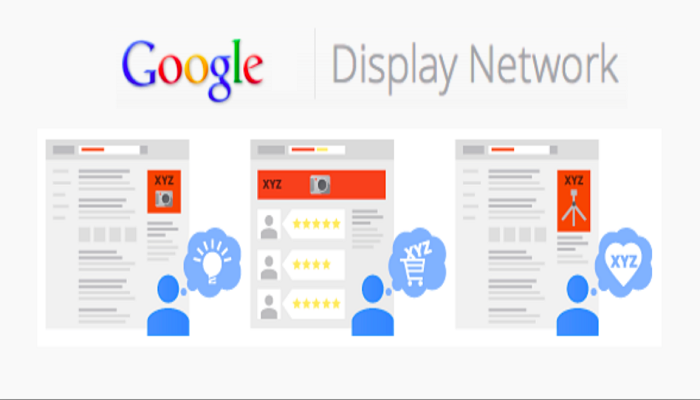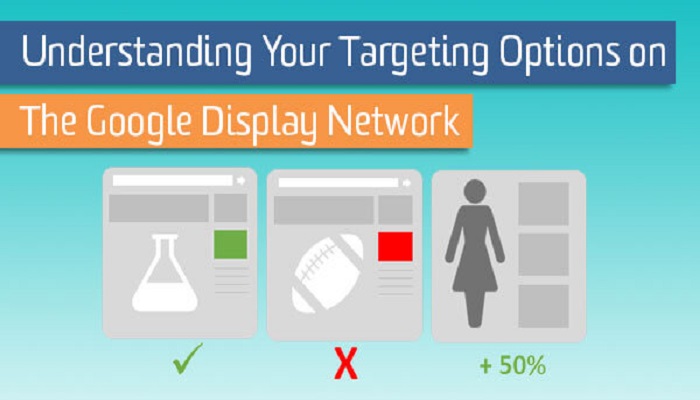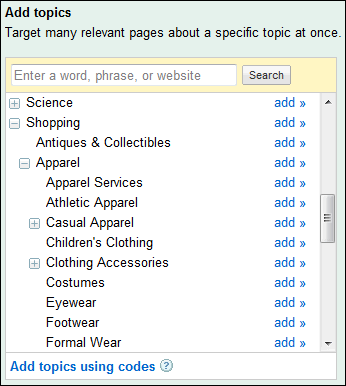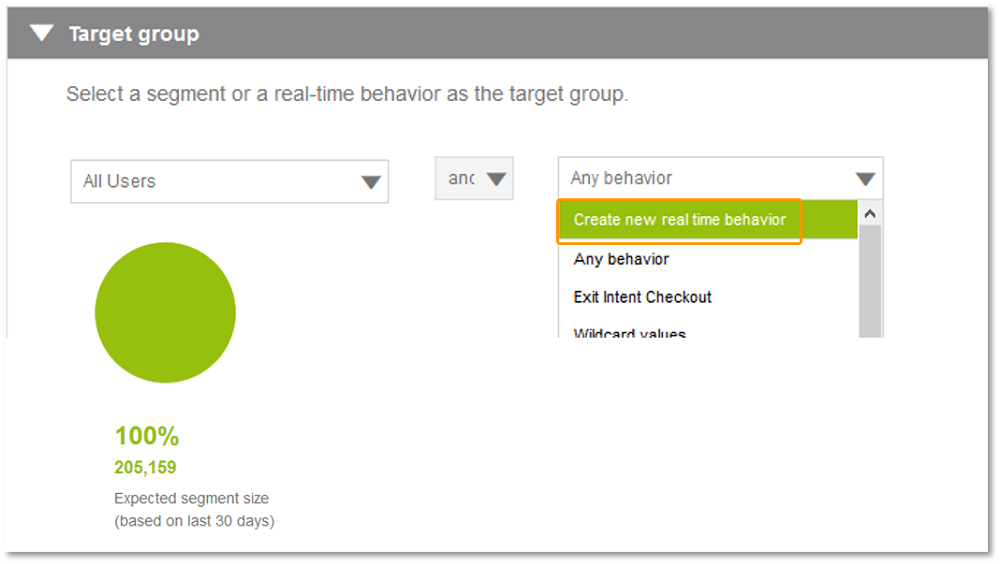A couple of years after the Google AdWords was set up, they started selling their advertisements on the Google Display Network (GDN). The GDN works on a very simple system. Website owners that are interested in monetizing their websites, follows this procedure. The website owner first publishes the code related to this on the website that only Google can use as they deem fit. The advertisers of products and services pay Google to place their ads on the website and Google offers to share a part of this income with the publisher of the website.
The publisher is not in control of the advertisements that will appear on his/her website. However, Google would manage the advertisements and the advertisers as well. This saves the publisher of time that he has to spend looking out for advertisers as well as managing the clients and their payments. Google offers 4 choices as far as selecting your spot in the GDN is concerned. These are briefly explained below.
#1: Managed Placement Targeting Option
When you choose this, you are required to key in the addresses of those websites wherein you want to place advertisements. The ads will be shown if the websites are available. You have the liberty of choosing the area (the page or section) in the website where the ad has to be placed. Though this will help you to exercise control, you should also understand that this will be limiting the advertisement to a certain extent from being viewed.
#2: Topic Targeting Option
For the advertisers this option helps you to choose the categories of the websites from among that Google gives to you. These categories can be broad or narrow and you choose the option that you may want. Currently there are 2221 topics from which the advertisers can choose. These topics can be seen in the AdWords account. You can also click on the link https://developers.google.com/adwords/api/docs/ appendix/verticals.
It is a good idea to go down to specifics instead of choosing broad categories. The advertisement will then be easily targeted. As an example, choosing the option ‘Arts and Entertainment’ is likely to be broad whereas choosing ‘Arts and Entertainment’ -> ‘Entertainment’ -> ‘Recording Industry’ and -> ‘Record Labels’ will be spot on.
#3: Keyword Targeting Option
Whereas Topic Targeting is a good place to begin with it is always recommended that Keyword targeting be tried for much better results. Google has identified every page of the two million sites that are existent in the GDN as conforming to a specific theme. The keyword used is what tells Google as to what the themes of the pages are. Google looks out for pages that match the keyword themes. This is a precise method of target finding used by Google.
Keywords are of three main types:
- Type 1: Brand keywords are those where a company uses their own name to place the bid. It is easy to choose the brand name as the keyword. If you display your ad on a spot in the GDN where your brand is being talked about, there can be nothing better. It is always best to see your ad in a place where there is a lot of good being spoken about you.
- Type 2: Competitor keywords allow Google to pick out pages where the discussion is about the advertisers competitors. The advertiser can then make inroads by inserting themselves into the conversations that are taking place.
- Type 3: Non-brand keywords are usually related to the products or services of the advertiser. As an example, if you sell women’s fashion clothing it pays to have keywords such as, ‘palazzos’ or ‘maxi dress’. The ads will be displayed on pages that are related to these keywords.
#4: Behavioral Targeting Option
Google possesses a lot of information about each of its users including their likes, the websites that they visit, the items that they buy and the type of emails that they receive, among others. All these go into creating a typical profile of the user. This is an indication of the user’s likes and dislikes. This type of targeting helps Google will then place ads of products based on the built-up profile and that they believe will interest the user. This is totally independent of the site on which they are present at the moment. This helps to zero in on customers in 2 ways: (1)Interest Targeting and (2) Remarketing
Interest targeting is when Google has a grip on the customers’ interests gleaned from across the web by tracking their short- and long-term web Internet activity. The targeting that is based on each person’s behaviour on the website as well as your knowledge of your customer’s email that is called customer match is the second type.
Interest targeting is itself of two types:
- Affinity targeting is when you target customers-to-be based on long-term behaviour that they exhibit. This behaviour is studied over the course of many months. The factors taken into account are the websites that they have visited and the pages that they have searched for. Google has segmented the existing market into 100 divisions. Examples of the segments include, music enthusiasts, bird watchers, art lovers, avid investors, etc.
- In in-market targeting, the segmentation is on the people’s online activity over the last couple of weeks. It looks at details including emails received, sites visited and searches conducted. This tells Google that you are in the marketplace ready to buy something very soon.
Remarketing is of five main types:
- Basic remarketing is when an ad is shown to a previous visitor based on what actions they took when they happened to come into your website.
- YouTube remarketing is when you retarget people who view/comment/like your video ad uploads on YouTube.
- Customer match retargeting helps you to upload a .csv file that contains all the email ids and if Google happens to recognize any of them, then ads are targeted at these addresses.
- Dynamic remarketing is when you happen to have an eCommerce website and if you happen to have a Merchant Center account that is linked to your own AdWords account. In such a case, you can feature ads about specific products that your website visitor just happened to look up.
- Similar Audiences remarketing happens when you have generated a customer list of 20000 in which you can retarget Google users that are similar to your users. Google then provides you with a new list that may be up to five or ten times the size of the original and allows you to send ads to these users.



